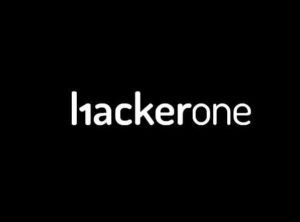CVE Alert: CVE-2025-27059 – Qualcomm, Inc. – Snapdragon
CVE-2025-27059
Memory corruption while performing SCM call.
AI Summary Analysis
Risk verdict
High risk of device compromise if exploited; exploitation status is not confirmed, but local access and scope-impact elevate urgency.
Why this matters
Memory corruption via a local firmware path in widely deployed Snapdragon-based TZ firmware could let an attacker access or alter protected data, disrupt services, or pivot to other subsystems. Patch adoption across diverse consumer devices is slow, increasing the window for exploitation across home networks.
Most likely attack path
Preconditions: attacker already has local access to a vulnerable device, with low privileges and no user interaction required. Exploitation would target a local firmware/kernel path, potentially enabling control over additional subsystems or facilitating movement to other devices on the same network.
Who is most exposed
Consumer IoT and home networking gear using Qualcomm Snapdragon platforms are most exposed; patch cycles are lengthy and devices may sit behind carrier or vendor update processes, leaving homes vulnerable for extended periods.
Detection ideas
- Kernel memory corruption crashes or panics after local calls
- Anomalous privileged-call or SCM trace activity in firmware logs
- Unexpected reboots or watchdog resets tied to local management events
- Unusual memory access patterns or heap corruption indicators
- Fault codes or crash dumps referencing firmware memory regions
Mitigation and prioritisation
- If KEV true or EPSS ≥ 0.5, treat as priority 1.
- Patch via vendor advisories; update Immersive Home and related QCN platforms promptly.
- Limit local access: disable unused local management interfaces, enforce strong authentication, and segment networks.
- Plan staged firmware updates with testing in lab before broad rollout.
- Enable secure boot and basic memory protections; monitor for exploitation indicators across affected devices.
A considerable amount of time and effort goes into maintaining this website, creating backend automation and creating new features and content for you to make actionable intelligence decisions. Everyone that supports the site helps enable new functionality.
If you like the site, please support us on “Patreon” or “Buy Me A Coffee” using the buttons below
To keep up to date follow us on the below channels.



